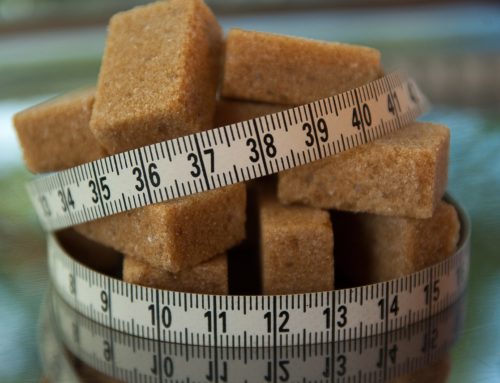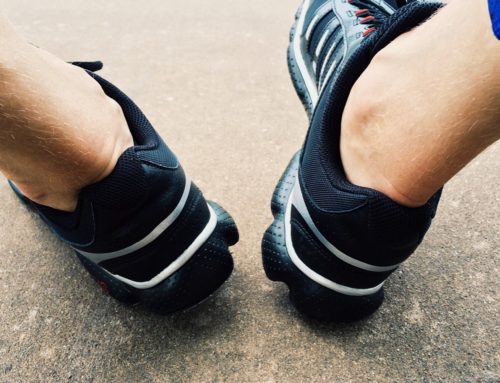Finding a way to use coconut oil this Thanksgiving isn’t much of a challenge when it comes to cooking.
But what else can it be used for?
Below is a little list I found from Dr. Mercola
ENJOY!!
Makeup remover: Swipe on with a moist cotton ball. Wipe off with clean cotton ball or wet washcloth.
Facial cleanser: Massage a dollop of coconut oil onto face and neck. Wash off with wet washcloth and pat dry.
Body scrub: Mix equal parts coconut oil with organic cane sugar in a glass jar. Use the scrub on dry skin prior to your shower or bath.
Facial scrub: Instead of sugar, mix coconut oil with baking soda, or oatmeal with a dash of cinnamon, for a gentle facial scrub.
Shaving lotion: Apply a thin layer of coconut oil on area to be shaved, and shave as usual. The lauric acid in the coconut oil will also serve as an antiseptic for cuts that result from shaving.
Face and body moisturizer: You can use it either by itself, or add your favorite essential oil. (Make sure you’re using a high quality essential oil that is safe for topical application.) The featured article6 also suggests whipping the coconut oil with an electric mixer to produce a fluffy moisturizer that stays soft and spreadable even in cooler temperatures.
When applied topically, coconut oil helps to reduce the appearance of fine lines and wrinkles by helping to keep your connective tissues strong and supple, and aids in exfoliating the outer layer of dead skin cells, making your skin smoother.
Eye cream: Apply a thin layer of coconut oil around your eyes to soften wrinkles and counteract thinning, sagging skin.
Cuticle cream: Simply rub a small amount of coconut oil around your cuticles to soften dry areas.
Deodorant: Applying a small amount of coconut oil directly onto your armpits can help keep odors at bay, courtesy of the oil’s antibacterial properties. If you prefer, you can add a small amount of baking soda, or make a homemade deodorant using coconut oil, baking soda and arrow root powder. For directions, see the second video above.DeliciousObsessions.com also lists additional deodorant recipes using coconut oil as the base.7
Bath soak: Adding coconut oil to your bath can help moisturize dry itchy skin. (Make sure to scrub your tub afterward to prevent slipping!). Make sure the water is warmer than 76 degrees Fahrenheit though, otherwise the oil will turn to a solid.
Soap: Coconut oil is one of the base ingredients in many homemade soap recipes, such as this one by NourishingJoy.com8
Lip balm: You can either apply a small amount of coconut oil, as is, or make your own lip balm using coconut oil as one of the base ingredients. You can find all sorts of recipes online, but here’s one by The Liberated Kitchen.9
Toothpaste: Mixed with baking soda, coconut oil can replace your regular toothpaste. The baking soda will gently cleanse while the coconut oil’s antibacterial action may help keep harmful bacteria in check. For recipes using essential oils to spruce up your toothpaste, see DeliciousObsessions.com.10
Insect repellent: Mixing coconut oil with high quality essential oils may help keep biting insects at bay when applied to exposed skin. Effective choices include: peppermint, lemon balm, rosemary, tea tree oil, neem, citronella (Java Citronella), geraniol, catnip oil (according to one study,11 catnip oil is 10 times more effective than DEET), and/or clear vanilla extract
Ear infections: Place a couple of drops into each ear canal. If the coconut oil has solidified, you can easily liquefy it by placing a small amount in a shot glass or other small container and placing it into a cup of hot water
Skin rashes and irritations, including chicken pox and shingles: Simply apply a small amount to the affected area
Fungal- and/or yeast infections, such as athlete’s foot and ringworm. For fungal infections, you can mix in a small amount of oregano oil or tea tree oil
Bug bites and bee stings
Cold sores: mix in a small amount of oregano oil, and apply at the first signs
Frequent nosebleeds may be improved by regularly applying a small amount to the inside of your nostrils
Thrush
Hemorrhoids and piles: You may add a small amount of lavender essential oil for added healing power
Vaginal dryness
Perineal massage:13 Expectant mothers can use it to massage the perineum daily, starting about a month or so before your due date, to help reduce your chances of tearing and/or the need for an episiotomy
Clean, condition and sanitize your wooden cutting board. Use whenever the wood starts to look dry.
2. Use when making compost tea16 for your garden to reduce foam.
3. Use as a metal polish. Make sure to test a small area first.
4. Moisturize and soften leather goods as you would using other leather conditioners.
5. Season your cast iron pots and pans17 using coconut oil in lieu of lard or corn oil.
6. Lubricate squeaky hinges and sticky mechanisms with coconut oil instead of WD-40.
7. Clean and condition wooden furniture in lieu of furniture polish. Make sure to test a small area first.
8. Lubricate your guitar strings.
9. Clean soap scum from your shower using a small dollop of coconut oil on a damp cloth. Spray the area with white vinegar and wipe dry with a lint-free cloth.
10. Clean your hands and paint brushes with coconut oil after using oil-based paints, in lieu of mineral spirits.
11. Clean and condition the inside of your car by adding a small amount to a soft lint-free cloth. Rub in and wipe off excess.
12. Clean and sanitize your mouth guard by applying a thin layer of coconut oil. Leave the coconut oil on when not in use. Rinse before using.
13. Cleanse and add a glossy finish to indoor plants by wiping the leaves with a small amount of coconut oil on a lint-free cloth.
14. Remove chewing gum from virtually any area, including carpets and hair.
[-] Sources and References
- 1 Deliciousobsessions.com January 19, 2013
- 2 Deliciousobsessions.com May 17, 2012
- 3 Myholistichabits.com
- 4 Deliciousobsessions.com May 17, 2012
- 5 Deliciousobsessions.com June 3, 2013
- 6 Deliciousobsessions.com May 17, 2012
- 7 Deliciousobsessions.com June 3, 2013
- 8 Nourishingjoy.com, How to Make Soap
- 9 Theliberatedkitchen.com, Lip balm recipe
- 10 Deliciousobsessions.com June 3, 2013
- 11 Science Daily August 28, 2001
- 12 CoconutOil.com April 2, 2012
- 13 Midwife.org, Perineal Massage (PDF)
- 14 Clinical trial showing superiority of a coconut and anise spray over permethrin 0.43% lotion for head louse infestation” European Journal Pediatrics.
- 15 CoconutOil.com April 2, 2012
- 16 San Francisco Department of Environment, Compost Tea Literature Review (PDF)
- 17 Wikihow.com, How to Season Cast Iron Cookware





